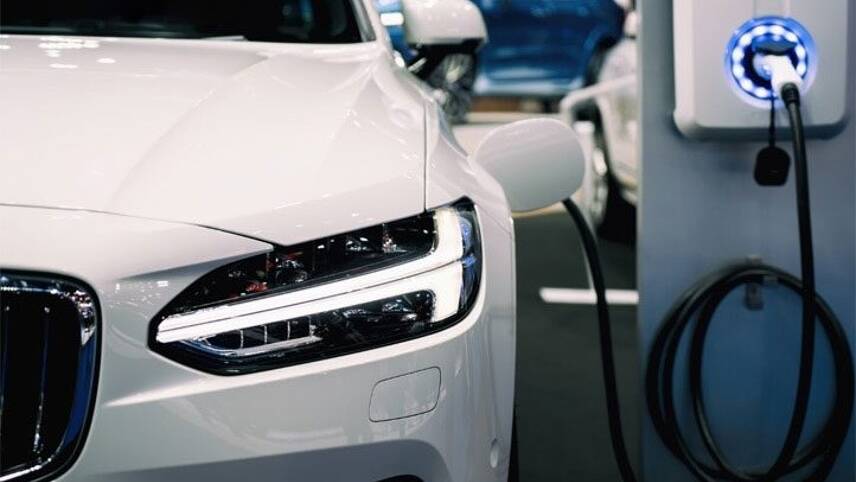Register for free and continue reading
Join our growing army of changemakers and get unlimited access to our premium content

RECHARGE UK, the EV and charging arm of the Association for Renewable Energy and Clean Technology (REA), has called on the Government to have accessible charging standard PAS 1899:2022 mandated.
In 2021, the Department for Transport (DfT), in partnership with national disability charity Motability commissioned the British Standards Institution (BSI) to develop accessibility standards for EV chargepoints across the country.
Last year, BSI launched an open access standard, PAS 1899:2022, Electric vehicles – Accessible charging – Specification.
This specification assists procurers of public charging stations in ensuring that the process of charging an EV, encompassing both the infrastructure and the overall accessibility experience, is inclusive for all individuals, including those with disabilities.
The standard pertains to physical surroundings (such as curb height, ground type), charge point placement, user information, signals, and design considerations (such as charge point dimensions, cable management, screen colours, usability factors).
However, accepting this standard remains optional, and while certain charge point operators (CPOs) have proactively worked towards making new sites PAS 1899 compliant when feasible, this is not universally practiced.
RECHARGE UK is advocating for Government-mandated adoption of PAS 1899 to ensure consistency.
REA’s transport policy manager Matthew Adams said: “RECHARGE UK is calling for Government to mandate that all public charging sites, where feasible, must have accessible charging mandated, as we believe EVs are for everyone and we should seize the opportunity to design accessible infrastructure from the ground up as we know such sites can and often do, provide a much better experience than a petrol pump.”
Accessibility of existing charging infrastructure
With the Government’s Zero-Emission Vehicle (ZEV) mandate nearing its implementation date in 2024, concerns have arisen regarding the preparedness of the infrastructure to support the increasing volume of EVs.
According to a Motability report, it is projected that by 2035, the UK will have 2.7 million disabled drivers, with potentially up to 1.35 million depending on public EV charging facilities.
However, research conducted by the UK’s Research Institute for Disabled Consumers (RiDC) in 2021 revealed that only 0.003% of charging sites nationwide had been designed to be accessible to disabled drivers, highlighting the necessity of making charge points accessible to all users.
ChargeSafe and FairCharge have endorsed RECHARGE UK’s call for mandated accessibility standards.
ChargeSafe’s chief executive officer Kate Tyrrell said: “The challenge for 16 million disabled people in the UK to adopt EVs is exacerbated by inadequate consideration from key stakeholders regarding space, inclusive design, and safety at charging sites.
“While the BSI PAS 1899:2022 serves as a recommendation, the absence of consequences has led to inaccessible chargepoints violating the 2010 Disability Act.”
FairCharge’s founder Quentin Willson said: “FairCharge wants to see a national infrastructure that’s available and inclusive to all. We have a moral duty to make sure all drivers, including disabled (both hidden and visible), have easy access to chargers wherever they are.”


EVs, fine and dandy, BUT they are expensive as yet, as is a new set of batteries.
I do not have any answer to this problem, but has anybody?
To change my many years old Granada, which is kept in best order, for an electric anything is quite impossible, so I simply maintain the machine in the best order, and press on.
Do I have a workable alternative?
PS I am 92